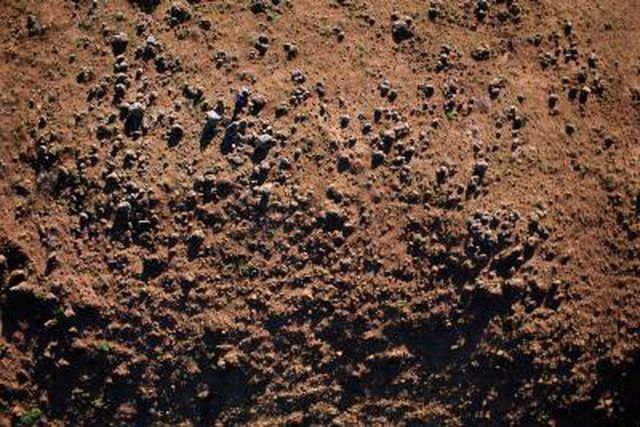Bulbs
Flower Basics
Flower Beds & Specialty Gardens
Flower Garden
Garden Furniture
Garden Gnomes
Garden Seeds
Garden Sheds
Garden Statues
Garden Tools & Supplies
Gardening Basics
Green & Organic
Groundcovers & Vines
Growing Annuals
Growing Basil
Growing Beans
Growing Berries
Growing Blueberries
Growing Cactus
Growing Corn
Growing Cotton
Growing Edibles
Growing Flowers
Growing Garlic
Growing Grapes
Growing Grass
Growing Herbs
Growing Jasmine
Growing Mint
Growing Mushrooms
Orchids
Growing Peanuts
Growing Perennials
Growing Plants
Growing Rosemary
Growing Roses
Growing Strawberries
Growing Sunflowers
Growing Thyme
Growing Tomatoes
Growing Tulips
Growing Vegetables
Herb Basics
Herb Garden
Indoor Growing
Landscaping Basics
Landscaping Patios
Landscaping Plants
Landscaping Shrubs
Landscaping Trees
Landscaping Walks & Pathways
Lawn Basics
Lawn Maintenance
Lawn Mowers
Lawn Ornaments
Lawn Planting
Lawn Tools
Outdoor Growing
Overall Landscape Planning
Pests, Weeds & Problems
Plant Basics
Rock Garden
Rose Garden
Shrubs
Soil
Specialty Gardens
Trees
Vegetable Garden
Yard Maintenance
6 Layers of Soil in Order From Top to Bottom
6 Layers of Soil in Order From Top to Bottom. When you think of soil, such as when planting a garden or sod for your lawn, you generally only think of the material that you see on the surface. In fact, soil is very diverse and composed of many different items. Typical soil, whether found in your own backyard or on the Serengeti Plain, is made up of...

When you think of soil, such as when planting a garden or sod for your lawn, you generally only think of the material that you see on the surface. In fact, soil is very diverse and composed of many different items. Typical soil, whether found in your own backyard or on the Serengeti Plain, is made up of the same basic materials, including organic matter, gravel, sand, silt and clay. There are six distinct layers that make up soil.
Find the uppermost part of the soil, know as humus. It is generally the darkest part of the soil due to the amount of organic material, or compost, that it is mostly comprised of.
Determine the next layer in the soil, known as topsoil; this is the area where plants receive nutrients from the soil and set up their root systems. Similar to humus, it has decomposed organic material as well as minerals.
Find the third layer in the soil, which is known as eluviation; this soil is lighter than the upper two layers and is mostly made up of sand and silt.
Locate the next layer of soil, known as subsoil. This layer of soil receives the materials that leach from the eluviation layer and is mostly made up of clay and mineral deposits.
Find the soil below the subsoil layer, which is known as regolith; this layer is mostly made up of loose rock particles.
Locate the bottom layer of soil, known as bedrock; this soil was the first soil to form and is generally never exposed except during severe trauma to the soil, such as an earthquake. Unlike the soils above it, bedrock is solid.